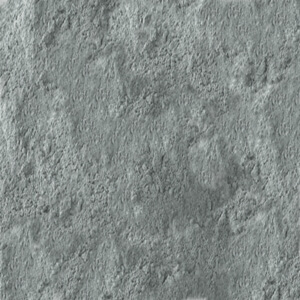Cement and Brick Dust COSHH Assessment Form

A three-page COSHH Assessment Form for Cement and Brick Dust, with some example text reading:
Contents/Ingredients of product
Calcium silicates are contained within bricks and concrete, as well as sands.
This document is:
- Recognised by local authorities
- Recognised by principal contractors
- Suitable for CDM sites
- Approved by H&S managers
If you want others to have confidence in your company, download and buy the proper documents today.
As with all our documents, our risk assessments are in Word™ format, available for instant download and use, and only need to be bought once.
Once you buy and download this document, it’s yours for life to use repeatedly.
GET THIS DOCUMENT
£8.99+VAT
- Available in Word™
- Fully customisable
- Add your Company Logo
- UK & EU Compliant

 CART
CART